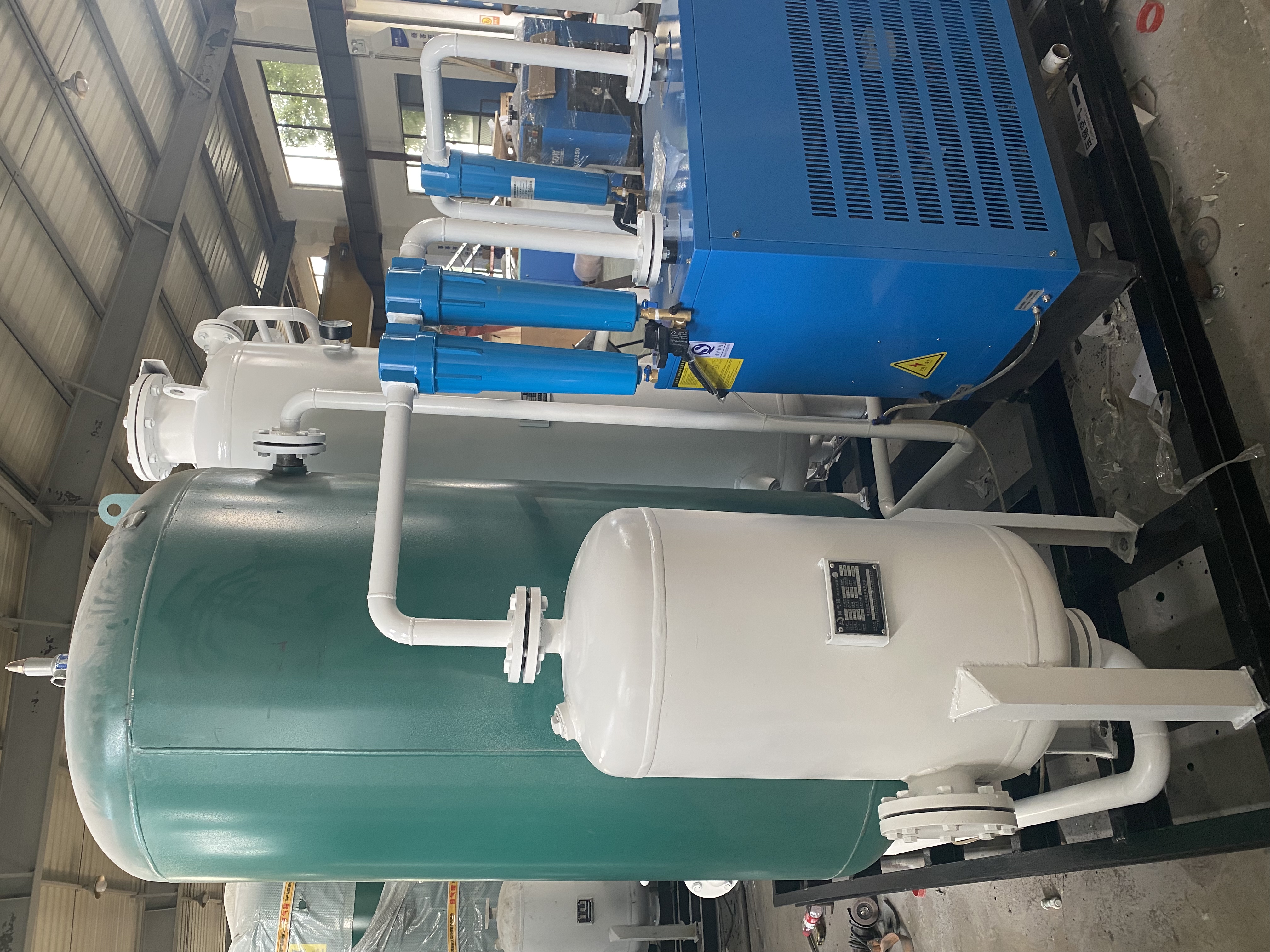-
WhatsApp / Mob : +86 156 5177 2521
-
Email : mrwin@cnbangwin.com
WhatsApp / Mob : +86 156 5177 2521
Email : mrwin@cnbangwin.com
Categories
Latest blog
Tags
What is PSA in the oxygen production process?
Feb 22 , 2024PSA (Pressure Swing Adsorption) is a technology commonly used to produce high-purity oxygen. In this process, gas separation and purification are achieved by using adsorbents to adsorb and desorb specific components in the gas.
PSA oxygen generation systems usually consist of two adsorption columns and a compressor. The adsorption column is filled with a special adsorbent, usually a silica gel or molecular sieve with selective adsorption capacity. The oxygen production process includes the following steps:
1. Compressed air enters the adsorption column: Compressed air contains oxygen, nitrogen and other impurities. When air is injected into the adsorption column, oxygen and other impurities are adsorbed by the adsorbent, while nitrogen passes through.
2. Adsorption: The adsorbent in the adsorption column adsorbs oxygen and impurities, gradually reducing the concentration of oxygen, thereby obtaining waste gas rich in nitrogen.
3. Desorption: When the adsorbent in the adsorption column is saturated, the oxygen and impurities in the adsorbent need to be desorbed by changing the pressure. At this point, the compressor injects compressed air into the second adsorption column, and the first adsorption column releases an oxygen-rich fluid.
4. Repeatedly: As time goes by, the two adsorption columns alternately perform adsorption and desorption operations to ensure that high-purity oxygen is continuously obtained.
By properly controlling the adsorption and desorption times, efficient oxygen separation and purification can be achieved. PSA oxygen production technology is widely used in medical, industrial and other fields to provide high-purity oxygen supply.

